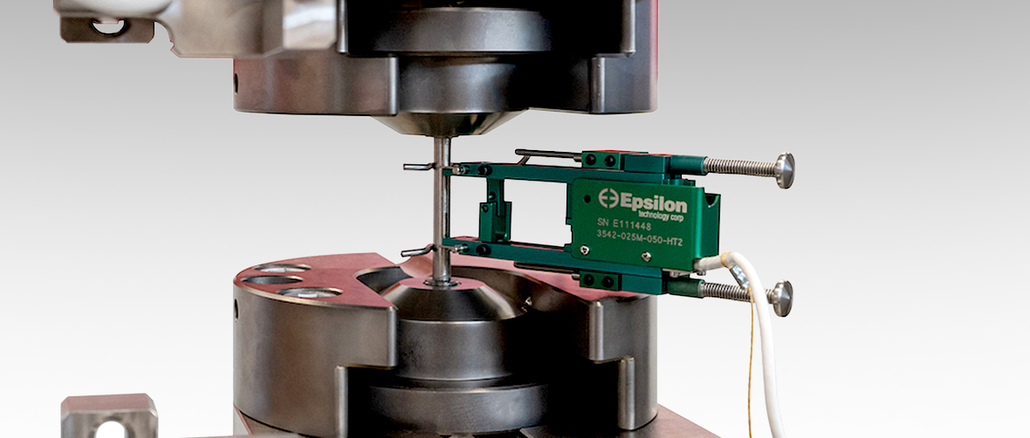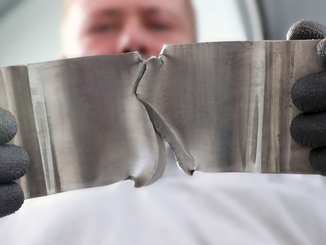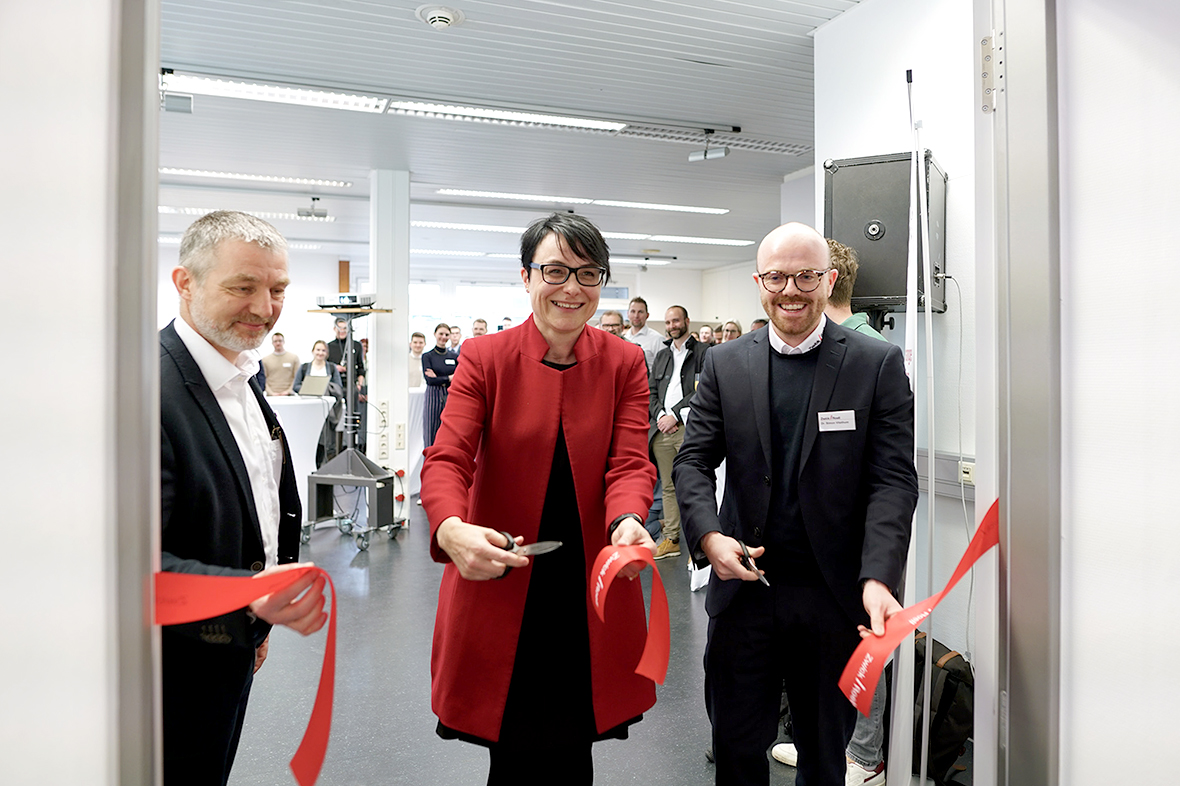
Low investment and testing costs, fewer safety measures as well as easy to operate: These are the advantages of the method for testing metallic hollow specimens under hydrogen pressure to detect the influence of hydrogen embrittlement.

© ZwickRoell
The ZwickRoell testing system for hollow specimens represents an alternative to the previous standard for pressurized hydrogen tests using autoclaves, which is an essential part of the established method for hydrogen tests. The hollow sample method works as follows: The hydrogen is safely filled into a hollow sample. Internal pressures of up to 200 bar are possible. Strain measurement and control is performed by means of strain transducers.
The advantages of hollow specimen testing: significantly lower investment and testing costs and ease of operation. In addition, all testing machines can be retrofitted to the hollow specimen method. The samples can be filled with a wide variety of gases and mixtures – such as hydrogen, natural gas, nitrogen and corrosive gases. Since the process can be used in a normal laboratory environment, there are also fewer elaborate measures in terms of safety: For example, the gas filling station is located outside the laboratory. The sample is filled and pressurized outdoors. The tester then transports them to the laboratory, inserts them and starts the process.
The hollow specimen testing system is suitable for tensile tests, slow strain rate tensile tests (SSRT), and alternating load tests. To ensure comprehensive safety, ZwickRoell offers a documented safety concept and – if required – also supports customers during installation.
In developing the process, testing machine manufacturer ZwickRoell is incorporating the findings from its involvement in research projects and initiatives relating to hydrogen. For example, the company is a member of the “Hydrogen Republic of Germany” research network, an initiative sponsored by the German Federal Ministry of Education and Research, which includes three other main projects.
ZwickRoell is involved in the “TransHyDE – H2 Transport” project, which is developing and assessing various technologies for hydrogen transport and evaluating the possibilities of wooden specimen testing as an alternative to autoclave technology. In addition, the project will evaluate the effect of sample geometry and surface area due to the drilling process and investigate the effect of gas purity on samples. ZwickRoell is also actively involved in defining the international test standard ISO/TC 164/SC 1/WG9, in the sub-project “H2 HollowTensile” (H2HohlZug) associated with “TransHyDE – H2 Transport”, which deals with the standardization of hollow tensile specimen technology.
About the ZwickRoell Group
Customers of the ZwickRoell Group benefit from over 160 years of experience in materials and component testing. ZwickRoell is a world leader in static testing and is experiencing significant growth in fatigue testing systems. Expressed in figures, the company generated sales of €255 million in fiscal 2021. The ZwickRoell Group has more than 1,650 employees and production sites in Germany (Ulm, Bickenbach), the UK (Stourbridge) and Austria (Fürstenfeld). The company has additional subsidiaries in France, the UK, Spain, the USA, Mexico, Brazil, Singapore and China, as well as worldwide representatives in 56 countries.
Web:
www.zwickroell.com



